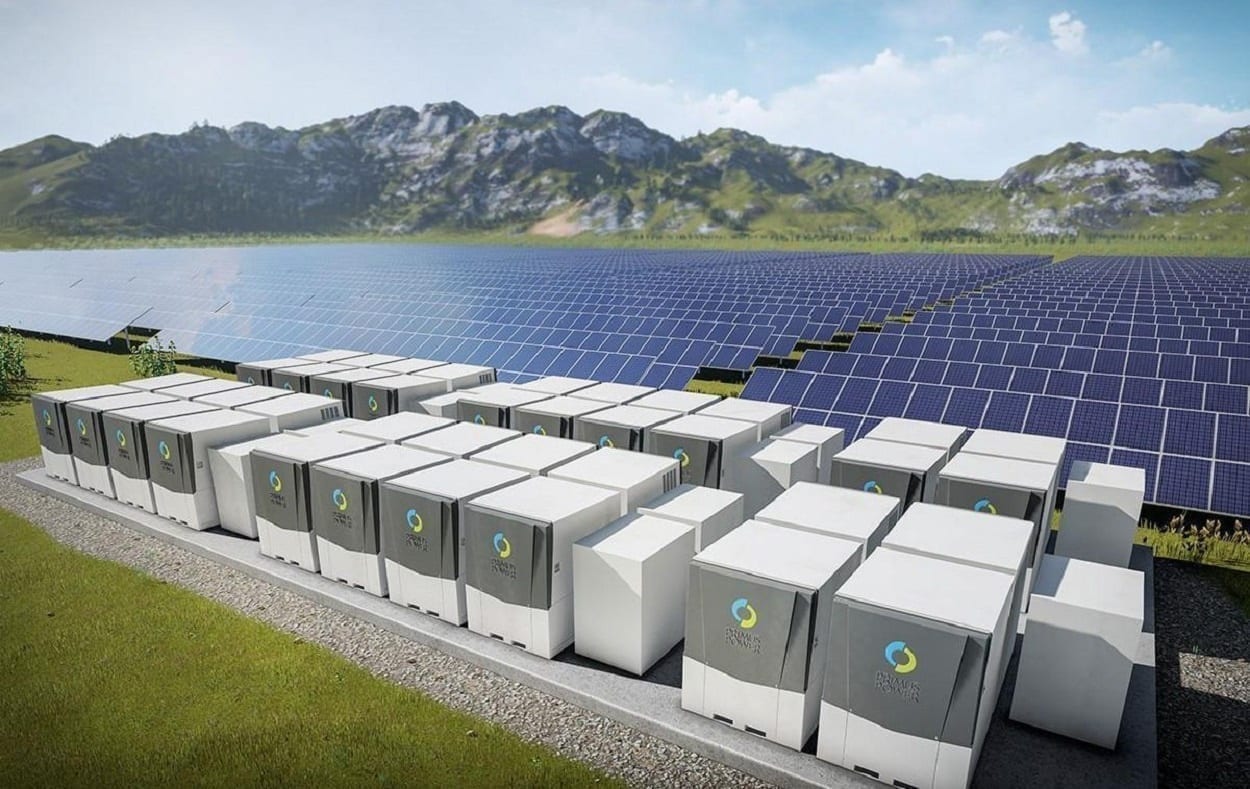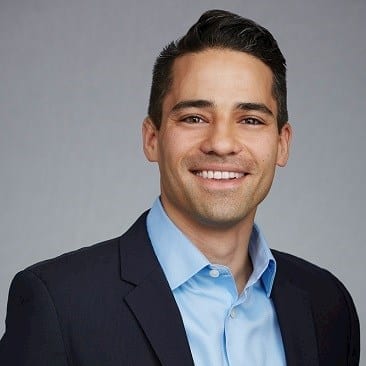The POWER Interview: Are DERs an Opportunity, or Threat?
The post The POWER Interview: Are DERs an Opportunity, or Threat? appeared first on POWER Magazine.

Distributed energy resources (DERs) are physical and virtual assets that are deployed across the power distribution grid. They are typically close to load, and though they initially began as behind-the-meter assets, today may be as likely to be deployed in front of the meter.
DERs include renewable energy, and are the key component in microgrids, whether the microgrid is islanded or grid-connected. Virtual applications include demand management and energy efficiency measures. Valuing DERs has become important for utilities and others, as a way to justify investment in technologies that provide reliability and resilience with the supply of electricity. The aggregation of DERs is a way to provide services to the electric grid; that's a key argument for the use of energy storage.
Sam Uyeno, senior manager in the energy and utilities practice at West Monroe Partners, recently talked with POWER about DERs and how utilities should approach their use as they developed their power generation strategies.
POWER: Should government policies, both at the state and federal level, continue (or begin) to support distributed energy resources (DERs), or should DERs compete on their own merits in the power markets?
Uyeno: The federal Investment Tax Credit (ITC) and Production Tax Credit (PTC), among other incentives, have been very successful in spurring solar and wind development. Moreover, I think these incentives are achieving their desired impact in that solar and wind costs have decreased by 82% and 43%, respectively, over the past 10 years.
However, I believe there is more work to be done. The challenge now becomes incentivizing other complementary DERs, like energy storage, so that these resources can work in concert to perform what conventional generation has been successful at performing for more than a hundred years, albeit carbon-free and sustainable. Additionally, I think there is a need to continue efforts to put a price on carbon if we are truly serious about transitioning to a clean energy future.
 Sam Uyeno is senior manager in the energy and utilities practice at West Monroe Partners. Courtesy: West Monroe Partners
Sam Uyeno is senior manager in the energy and utilities practice at West Monroe Partners. Courtesy: West Monroe PartnersPOWER: What should utilities be doing to support distributed energy resources? Should DERs be part of a utility's portfolio, as part of a new and/or expanded business model?
Uyeno: Many states and utilities alike are pledging 100% clean energy over the next 25-30 years, and I believe a mix of utility-owned and customer DERs is necessary to achieve these goals. It will also require revised regulatory and market constructs to help incentivize adoption of DERs over more attractive and easier-to-operate traditional investments.
To operate successfully in an increasingly distributed environment, utilities will need to focus holistically across the enterprise-strategy, regulatory, system planning, rate engineering, customer service, and grid operations. Additionally, the customer's role in the energy value chain will increase dramatically. The utility's ability to influence mutually beneficial DER adoption and behavior will dictate whether DERs serve as an opportunity or threat.
POWER: Solar and wind power installations are increasingly being built at utility-scale. The use of residential solar power also continues to grow. Do you see this growth continuing, and if so, why?
Uyeno: I think both will end up being part of the solution if we are to achieve our clean energy goals. I see utilities increasingly investing in large DERs in lieu of generation fuel, but I also see customers themselves demanding DERs. What is challenging about distributed solar is that it requires far more flexibility in our infrastructure and enabling technology to contribute meaningfully to the electric grid. However, rooftop solar isn't the only driver of grid modernization-think electric vehicle charging!
POWER: Should utilities, and also homeowners, be looking at integrating battery storage into solar and/or wind installations to increase reliability, resiliency, and flexibility?
Uyeno: With California's evening ramping requirements in mind, I'm inclined to say solar + storage is a necessity at all levels. As our resource mix becomes increasingly distributed and intermittent, this ramping phenomenon will only worsen, requiring improved flexibility at all levels to remain reliable. Energy storage is also an important complement to microgrids as they provide grid-forming and voltage support capabilities necessary for resiliency.
POWER: How much can/will battery storage contribute to the growth of DER adoption?
Uyeno: Considering the intermittent and unpredictable nature of renewables, battery storage is an important complement and is necessary to integrate low-carbon energy systems. No one DER alone can replace the utility of traditional centralized generation, but rather we require a suite of resources to achieve the same utility. Especially energy storage for its ability to capture energy production at one time for use later when energy production is short.
POWER: Are there new technologies (other than battery storage) that you see as contributing to the growth of DERs?
Uyeno: So far, we have been discussing individual DER technology, but I think fewer people understand and appreciate the enabling technology necessary to harmonize these resources across the electric grid to create mutually beneficial outcomes for all stakeholders.
New DER and system modeling tools, streamlined interconnection tools, advanced distribution management system, DER management systems, integrated volt-VAR systems are just a few of the utility advancements likely necessary to achieve a 100% carbon-free grid. I also think there is a far greater challenge in transitioning utilities to effectively adopt and operate this new technology (cross-functional collaboration, business process optimization, organization change management, etc.).
POWER: How important is platform scalability to the growth of DER adoption?
Uyeno: I think scalability of platforms and business processes will need to remain top of mind as utilities, third-party DER providers, and market providers seek to coordinate ever-increasing types and volume of DERs. I think continued stakeholder collaboration on policy, best practices, and the convergence of technology standards is awfully critical to the extensibility of these DER-enabling platforms, which will enable DERs to participate more meaningfully in utility grid services and even wholesale market transactions.
-Darrell Proctor is associate editor for POWER (@DarrellProctor1, @POWERmagazine).
The post The POWER Interview: Are DERs an Opportunity, or Threat? appeared first on POWER Magazine.